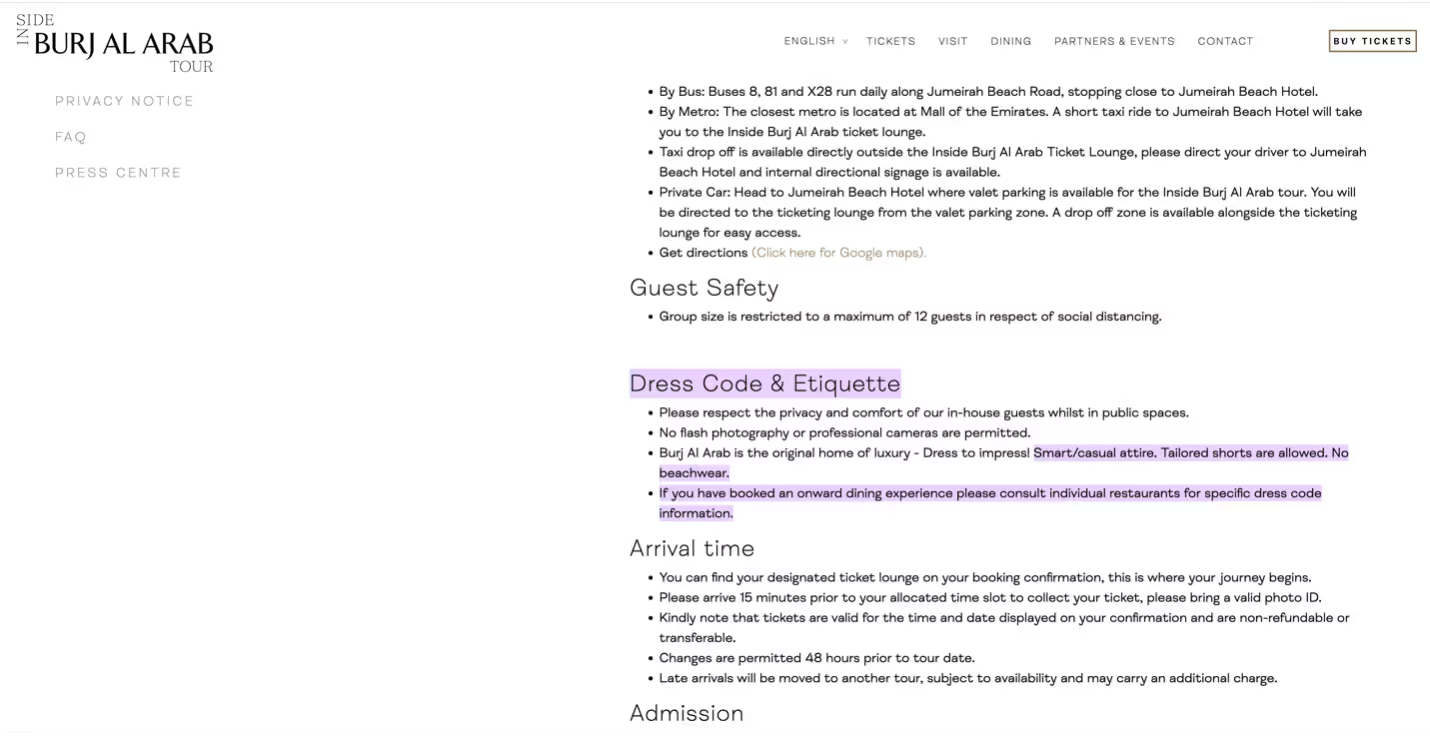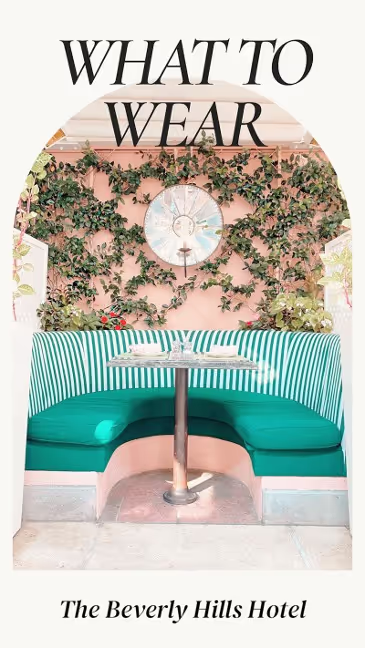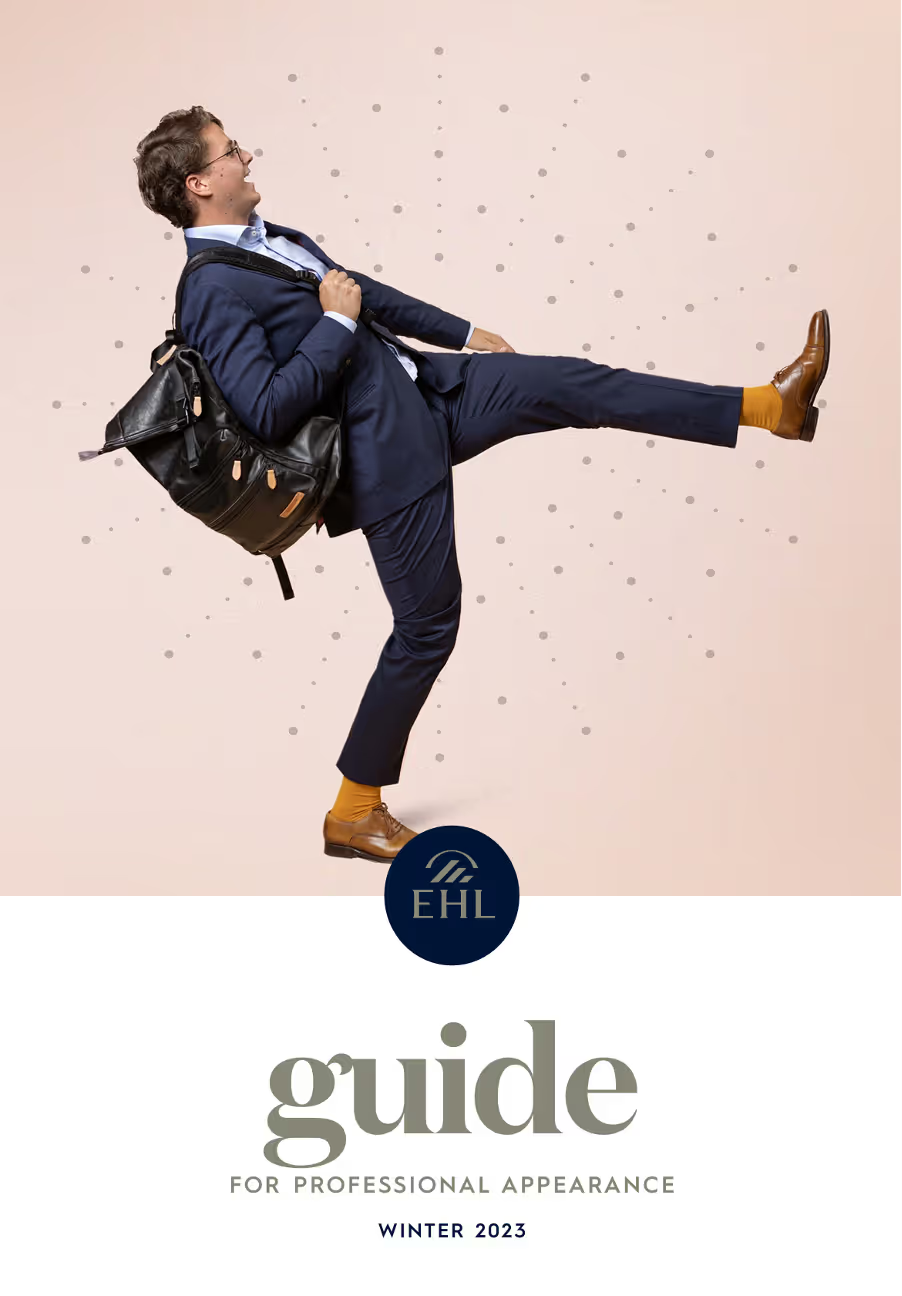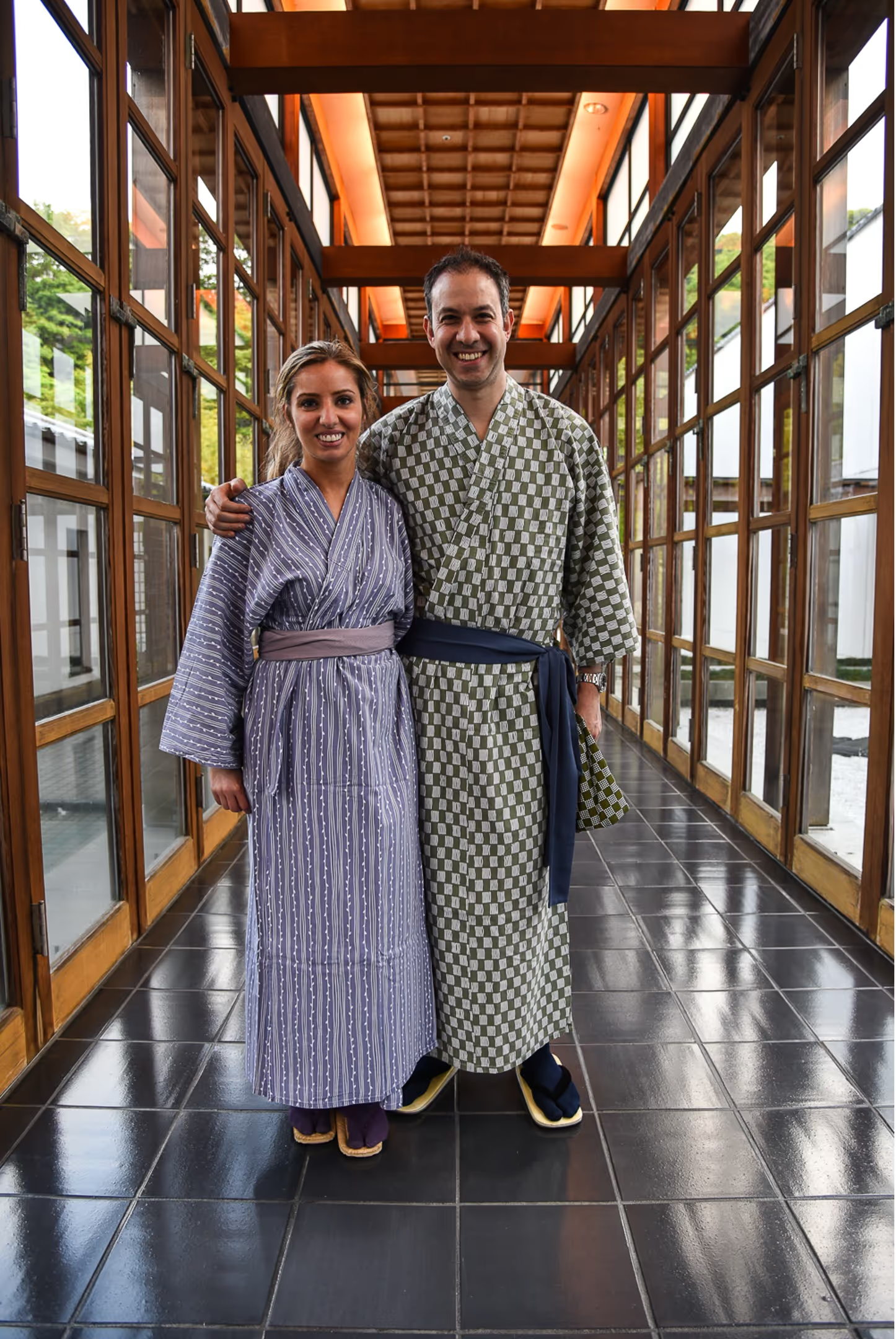The Customer Is (Still) Always Right: A Global Revisit of Dress Codes in Luxury Hospitality
%20(2).avif)
This article revisits the discussion from our earlier feature, “The Customer Is Always Right: A Case for Relaxed Dress Codes in Luxury Hotels.” Drawing on global examples and firsthand experience at École hôtelière de Lausanne (EHL), it reflects how the industry continues to balance elegance, comfort, and personalization.

Rethinking Dress Codes: From Tradition to Adaptation
Dress codes in luxury hospitality have long symbolized prestige and order. Yet, as guest expectations evolve, rigid standards often clash with the contemporary pursuit of comfort. Hôtel du Cap-Eden-Roc remains a benchmark of Riviera refinement, yet its formal dining restrictions—such as prohibiting shorts—feel increasingly misaligned with the casual elegance many guests now seek.
By contrast, properties like Sandy Lane in Barbados embrace a more fluid approach. Guests returning from the sea in resort wear still experience impeccable service without compromising the venue’s five-star identity. The message is clear: class does not depend on conformity but on the quality of atmosphere and experience.

Cultural Contexts and Shifting Standards
Dress codes remain deeply shaped by local norms and the rhythm of place.
In the Middle East, luxury hotels such as the Burj Al Arab in Dubai uphold evening formality but adopt daytime leniency—respecting both tradition and traveler comfort. In Japan, luxury ryokans provide yukata for guests, merging simplicity with cultural authenticity. Across the Caribbean and Mexico, high-end resorts like One&Only Palmilla blend sophistication with the region’s relaxed cadence.
Global hospitality data reinforces this trend: personalization has overtaken uniformity as the defining marker of modern luxury. Guests increasingly value flexibility over prescription, viewing adaptability as a sign of respect rather than concession.

Personalization Over Perfection
Modern luxury has matured beyond the pursuit of aesthetic precision. It now rests on the ability to recognize and accommodate individuality. Brands such as the Ritz-Carlton Kapalua in Hawaii and the Beverly Hills Hotel in Los Angeles illustrate this balance. Both have redefined dress expectations by distinguishing between contexts—formal dining and casual leisure—without eroding their brand equity.
When guests feel free to choose their level of formality, satisfaction metrics rise. The luxury experience becomes less about regulation and more about recognition.

Inside EHL: Discipline, Appearance, and Professional Identity
At École hôtelière de Lausanne, the dress code is uncompromising: polished attire, conservative grooming, and professional presentation. Initially, it feels excessive, but it serves a deeper function. The uniformity reinforces discipline, cohesion, and respect for the profession.
For students, it instills the distinction between personal comfort and professional representation—an essential principle for anyone preparing to manage or lead in high-end environments. While such strictness may not belong at a beach resort, it remains vital in shaping hospitality’s next generation.
The contrast underscores a key distinction: staff and students represent the brand; guests represent themselves. The two roles demand different degrees of freedom.

Balancing Elegance with Ease
The essence of hospitality lies in inclusion, not enforcement. Excessive formality risks alienating the very guests it seeks to impress. Yet, complete abandonment of standards can erode identity. The future lies in calibrated flexibility—maintaining visual harmony while accommodating personal expression.
Some hotels already bridge this divide through practical solutions: offering elegant cover-ups, relaxed yet cohesive dress options, or contextual guidance rather than prohibitions. This approach preserves dignity on both sides—host and guest alike.
Conclusion
Luxury hospitality continues to evolve from prescription to personalization. The modern guest seeks authenticity, not ceremony; respect, not restriction. The principle remains unchanged—the customer is still always right, within reason.
The industry’s task is not to abolish dress codes but to reinterpret them—to craft environments where refinement coexists with ease, and where every guest feels seen without feeling judged.

.webp)

